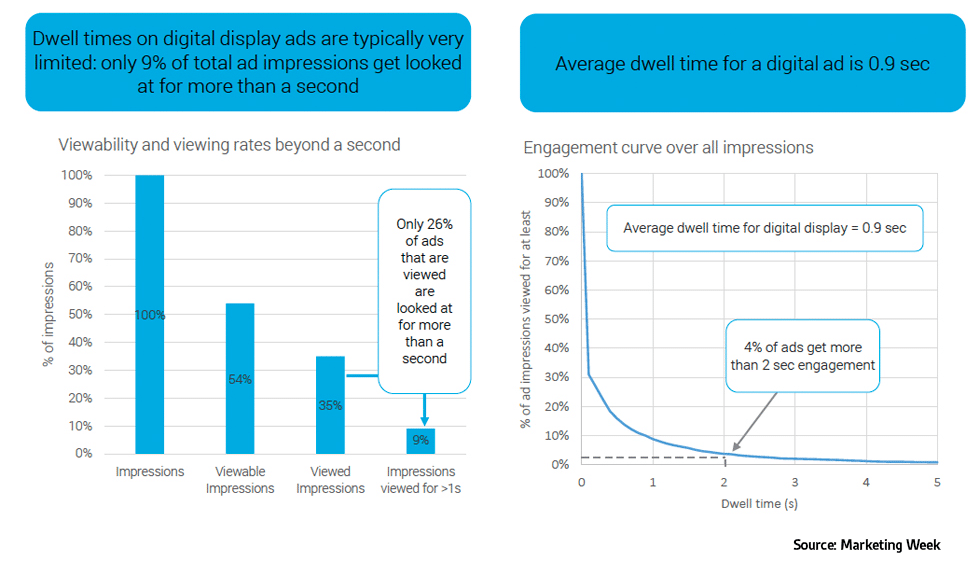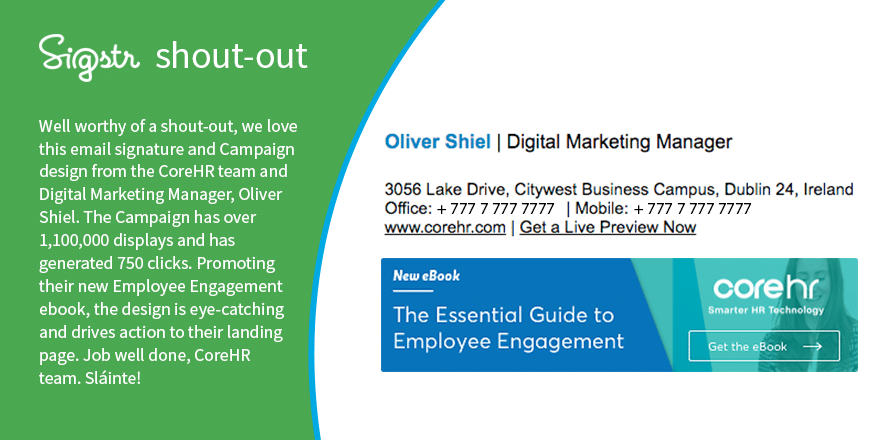Did the title grab your attention? It’s crazy how much as marketers we often spin in circles. Marketers spend a significant amount of time thinking about marketing budget allocation, but when it comes to executing, measuring and optimizing, marketers sometimes fall short. It’s difficult to get out of the trap of spending budget on what “should work” and not lining up marketing budget allocation on what’s proven.
What’s even more difficult for marketers is every industry, and each organization within every industry, operates differently. The same programs and marketing tactics that work incredibly well for one organization can be downright duds for another. That doesn’t mean your organization is doing it wrong, but it could mean that your audience wants something different altogether.
The Data Around Digital Ads
Take for instance, digital ads. Because we’re all obsessed with the internet, craving constant emersion in technology, marketers assume the expanded reach will create an expanded audience. But in reality, according to a post by Marketing Week, only 9 percent of digital ads are actually absorbed.
A study by research firm Lumen, they said, used laptop-mounted eye tracking cameras on 300 consumers’ laptops to snag information on what they noticed while online. During the study, which was run in partnership with Nectar-owner Aimia, 30,000 minutes of data was collected, with around 15,000 minutes relating to digital ads.
“It found that only 44 percent of digital display ads received any views at all. And, of those, only 9 percent of ads received more than a second’s worth of attention. Only 4 percent of ads, meanwhile, received more than 2 seconds of engagement.”
Wow! If marketers aren’t basing their marketing budget allocation beyond open rates and click rates, statistics like these are going to come as quite the surprise. But what’s even more staggering is by using data from its ‘pressomnibus’ – a lab that tracks how readers view newspaper content – the article compared digital display to print display. “It found that a full-page ad in a paper the same size as the tabloid in the New York Daily News will be viewed by 88 percent of readers, for an average time of 2.8 seconds. In comparison, a billboard format ad on a website will get 38 percent of people looking for just 1.5 seconds.” But what’s most shocking is this: “On the whole, almost half (40 percent) of press ads are viewed for more than one second, compared to just 9 percent of digital ads, according to the Lumen study. A quarter of print are viewed for more than two seconds, nearly six times the rate of digital.”
Why Are Most Digital Ads Less Effective?
Mike Follett, managing director of Lumen, said it’s time to stop being so fancy. The consumers are over complex designs, preferring instead simplicity.
“The best digital ads do get looked at – but they tend to be simple, elegant, beautiful ads that a creative department would be proud of, rather than moving direct mail pieces.”
Marketers who are used to creating big and bold digital ads may need to rethink their strategies Follett said, advising designers to think about display ads “like a poster.”
People spend so much of their day online but have limited time to interact with digital ads – and often times have little desire to do so. Why? Because their time is so limited and so precious, and unless your ad is giving them insight or providing them valuable information they don’t have otherwise, they likely won’t interact with the ad at all. Or if they do, will navigate away almost immediately, as the stats above so clearly articulate.
What’s the bottom line? The better the quality and the more important to the viewer, the greater chance of a higher “dwell” time and a greater chance they will interact.
Need Another Way? Try Employee Email Signatures
Unlike huge full-page or half-page digital ads, the small area at the end of an email can provide an incredible (and much less expensive) form of digital advertising in the form of email signature marketing.
Simple and elegant call-to-action banners in email signatures (as shown in the illustration below) can play an instrumental role in getting higher dwell time and interaction with the content your marketing team works hard to create. These interactive banners can include important company initiatives in the hundreds (or thousands) of the emails your employees are sending every single day. Turn your email signature into a conversation starter to help your company’s most important contacts feel further connected to your brand via every single employee email sent.
Use Employee Email as a New Owned Marketing Channel
Request a demo today to see why email signature marketing should be in the conversation for marketing budget allocation. Or, click below to access our latest resource:



